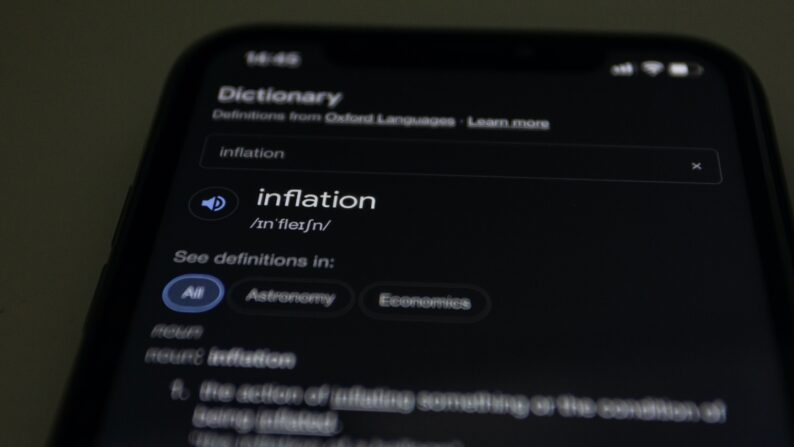Today’s CPI report shows that the strict monetary policy is working. The topline inflation rate slowed down to 5.0% over the year, and 4.0% on a 3-month annualized basis. This was the smallest 12-month increase since the period ending May 2021, while the super core services inflation that sets the tone for the Fed decelerated slightly in March.
Recent incoming data on the labor market and inflation sent the same signal that both labor market and inflation are moderating. Both the slowdown in the labor market—with fewer industries adding jobs and wage growth moderating— and lower than expected core inflation provide enough reasons for the Fed to pause rate hikes and observe how the delayed impacts of rate hikes and the developing banking turmoil-induced credit crunch play out. Moreover, there are promising cooling signs in super core services inflation—which informs better about the long-term trajectory of overall price levels.
If the recent uptick in one-year ahead inflation expectations doesn’t alarm the Fed to act faster—as they need to stabilize prices before they become entrenched in inflation expectations —Friday’s jobs report and today’s CPI data give the Fed some comfort to take time to calibrate their next move. However, there remains a possibility that the Fed may pursue another 25 bp rate hike on May 3rd since they want to see a persistent downward trend in core inflation. Even if they do decide to increase the rates, the markets are hopeful that this will be the final rate hike of the year.
There are some more promising signs in today’s report. In March, core services inflation accounted for 67% of the overall inflation. Since both super core services and shelter inflation are partially driven by a tight labor market, the recent deceleration in wage growth in services suggests that the services inflation might keep the downward trend in the upcoming months.
Since April 2021, the increasing cost of transportation services is the main reason behind the high inflation in super core services. This is partly driven by strong consumer demand for travel, and partly because of high input costs faced by producers.
There is also good news for employees. Real earnings for all employees increased 0.2% in March as a result of an increase of 0.3% in average hourly earnings combined with an increase of 0.1% in the CPI. This increases the purchasing power of employees’ paycheck and helps them to make the ends meet.









